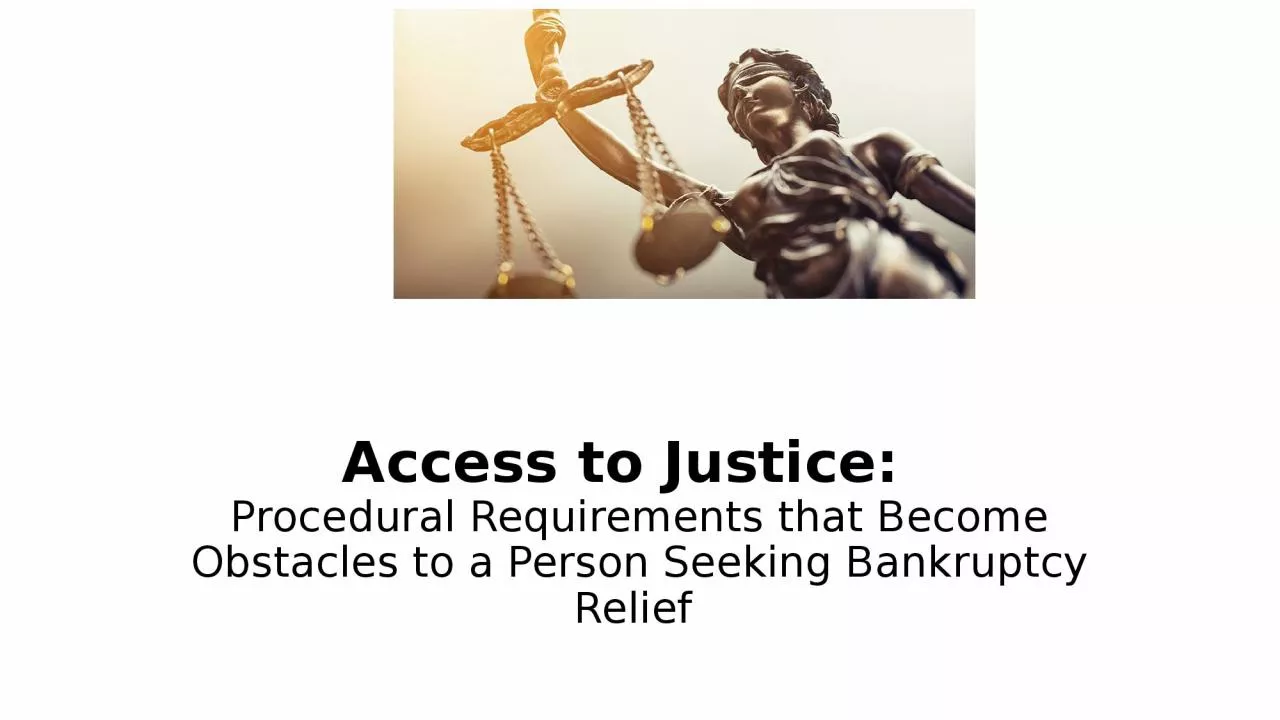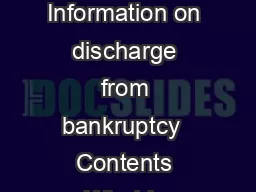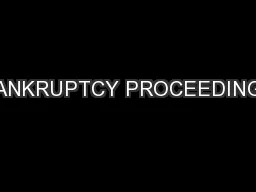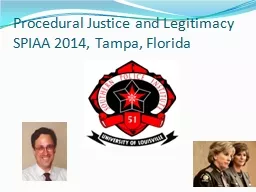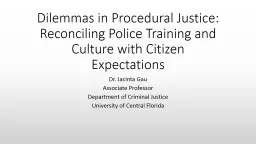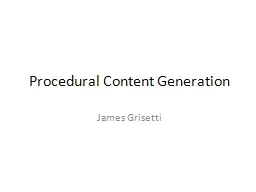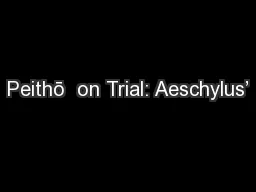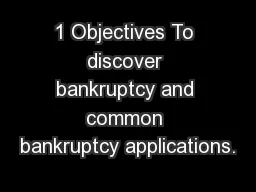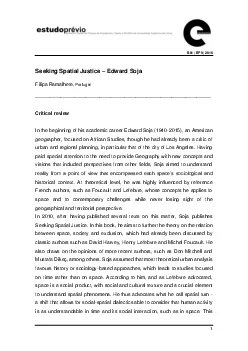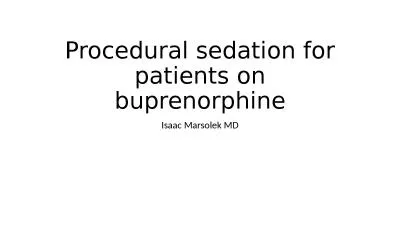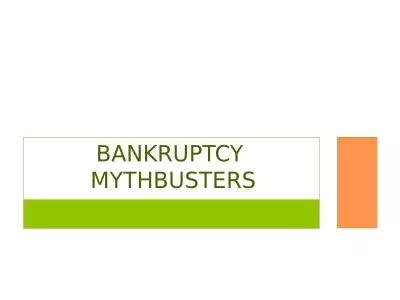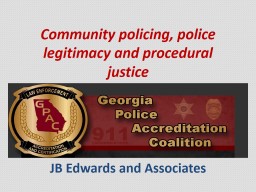PPT-Access to Justice: Procedural Requirements that Become Obstacles to a Person Seeking
Author : hadley | Published Date : 2023-10-04
The statutory promise of a bankruptcy discharge of liabilities can be meaningless to middle and lower income people if the process requires spending a substantial
Presentation Embed Code
Download Presentation
Download Presentation The PPT/PDF document "Access to Justice: Procedural Requirem..." is the property of its rightful owner. Permission is granted to download and print the materials on this website for personal, non-commercial use only, and to display it on your personal computer provided you do not modify the materials and that you retain all copyright notices contained in the materials. By downloading content from our website, you accept the terms of this agreement.
Access to Justice: Procedural Requirements that Become Obstacles to a Person Seeking: Transcript
Download Rules Of Document
"Access to Justice: Procedural Requirements that Become Obstacles to a Person Seeking"The content belongs to its owner. You may download and print it for personal use, without modification, and keep all copyright notices. By downloading, you agree to these terms.
Related Documents

